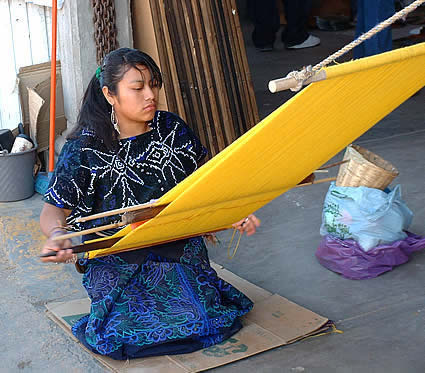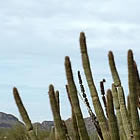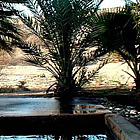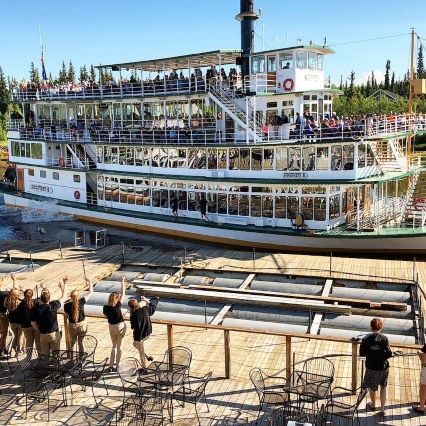Our road always leads to Yuma
This destination is a great place to be, year-round

Yuma lies about two hours south of Quartzsite on Arizona Highway 95. The highway follows a valley path between a couple of mountain ranges (hills to us). Most of the terrain is flat desert until you get close to Yuma. Suddenly the desert turns into very large vegetable farms. Then you realize that you are driving on a river delta that was formed long ago from all the silt flowing down the Colorado River towards the Gulf of Mexico. Acres and acres of lettuce cover the fields—some recently planted and others being harvested.
Yuma is the hub for our travels
Yuma is a winter destination for many RVers and snowbirds but for us it’s the place we go to restock, plan and re-energize for the next leg of our adventure.
Yuma is a nice size; it’s big enough to offer most of your city amenities and yet small enough to have regular swap meets, farmer’s markets, and local festivals and celebrations.
Somehow the weather always seems to be better in Yuma than where we are!
Yuma caters to the snowbirds and has all kinds of places ranging from extreme golf resorts (both RV and hotel) to dry camping on BLM (Bureau of Land Management) 14-day free camping sites close to town. We found the Foothills a few years ago. It is primarily a residential area adjacent to Yuma. Every lot is surrounded by a Mexican-style brick fence and most of them are set up to accommodate two units—some have gorgeous adobe homes; others smaller RVs. It’s almost like living in any suburban neighbourhood.
The Desert has lakes!
It’s fun when you find folks to explore new places with and Chuck and Sheila are just that type of couple. Our first excursion was out to the Alamo Lake State Park. The trip out was more interesting than the lake itself (although it is reputed to be the fifth largest lake in Arizona and a great fishing place).
The first place we stopped was at an old run-down set of buildings that sported a sign saying “garage sale.” Chuck described the fellow that ran the place as “the ugliest man I’ve ever seen.” He wouldn’t let me take his picture—that should tell you something.
The next stop along the road was a “for-sale ranch.” Now, for-sale signs are not unusual anywhere in Arizona, but this place had some interesting paraphernalia gracing the fence and the stink it eluded was indescribable!
And then there was the back road we took back through Wickenburg! It started out not too bad on gravel but the further we went the worse it got. The terrain was fascinating with groves of Joshua trees and huge many-armed saguaro but when we finally reached the pavement at Highway 93, we looked back at the sign that told us this road was no longer maintained. By this point—we knew that.
And, of course, when in Yuma, a trip to Algodones, Mexico, is inevitable. Algodones is south of Highway 10 from California but less than half an hour from Yuma and is one big medical centre. Every street is lined with pharmacies, dentists, optical offices, doctor’s clinics interspersed with vendors selling mostly leather, jewellery and such.
Needless to say most visitors go down there to take advantage of the reasonable prices. As you walk down the street, you are inundated with hawkers telling you everything is almost free and considering the price of drugs and medical services in the U.S., it could seem like that. I got my teeth cleaned (US$15) and Sheila is getting new hearing aids for less than half what she would have to pay in Canada. We have never heard anyone complain about the dental work they have had done down there—all the way from cleaning to implants.
There are usually a number of Mexican Indians (Mayan) who sell merchandise on the street but this is the first year I have seen anyone with very different items from Chiapas. Their goods are all hand-made and very colourful.
No visit to the Yuma area is complete without a visit to a date farm and the purchase of a date shake. The dates grow in bunches near the top of the trees and are usually harvested mechanically. The fields need to be flooded to encourage germination. They ripen right on the trees but some are picked before they ripen and sun-dried. Basically they are sent off to a packing plant and washed, fumigated, sorted, packed and sold or made into sweet things. Good medicinal-type qualities! The farms around here grow Medjool dates.
We always enjoy our visits to Yuma but it’s time to travel on and we know we’ll be back before we leave Arizona.








